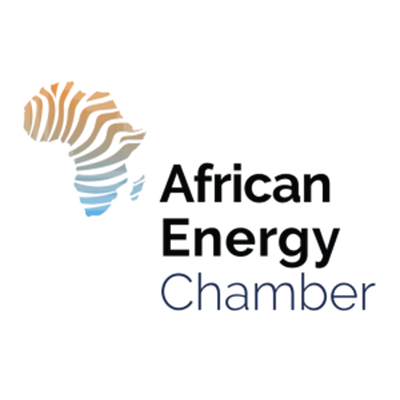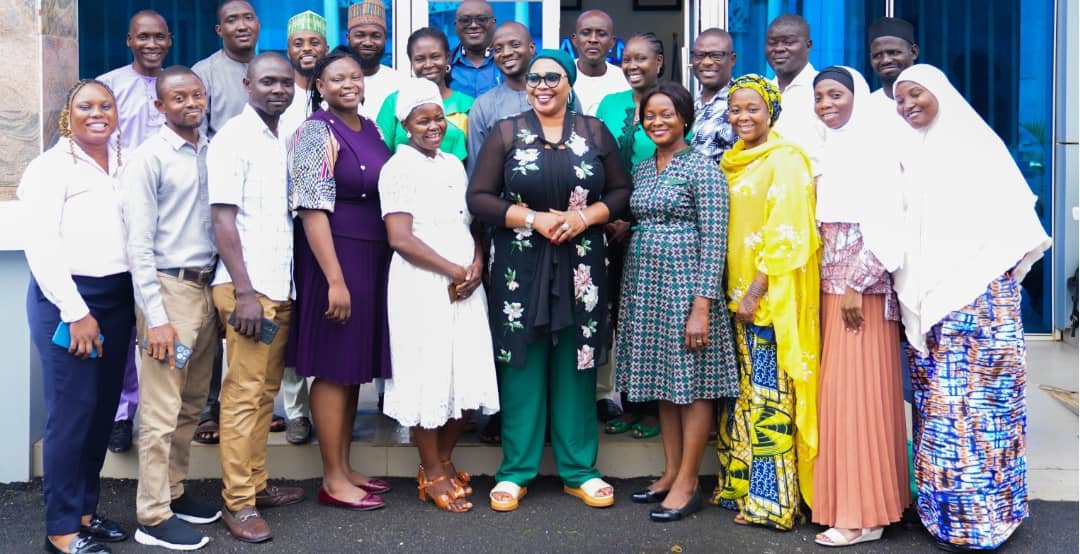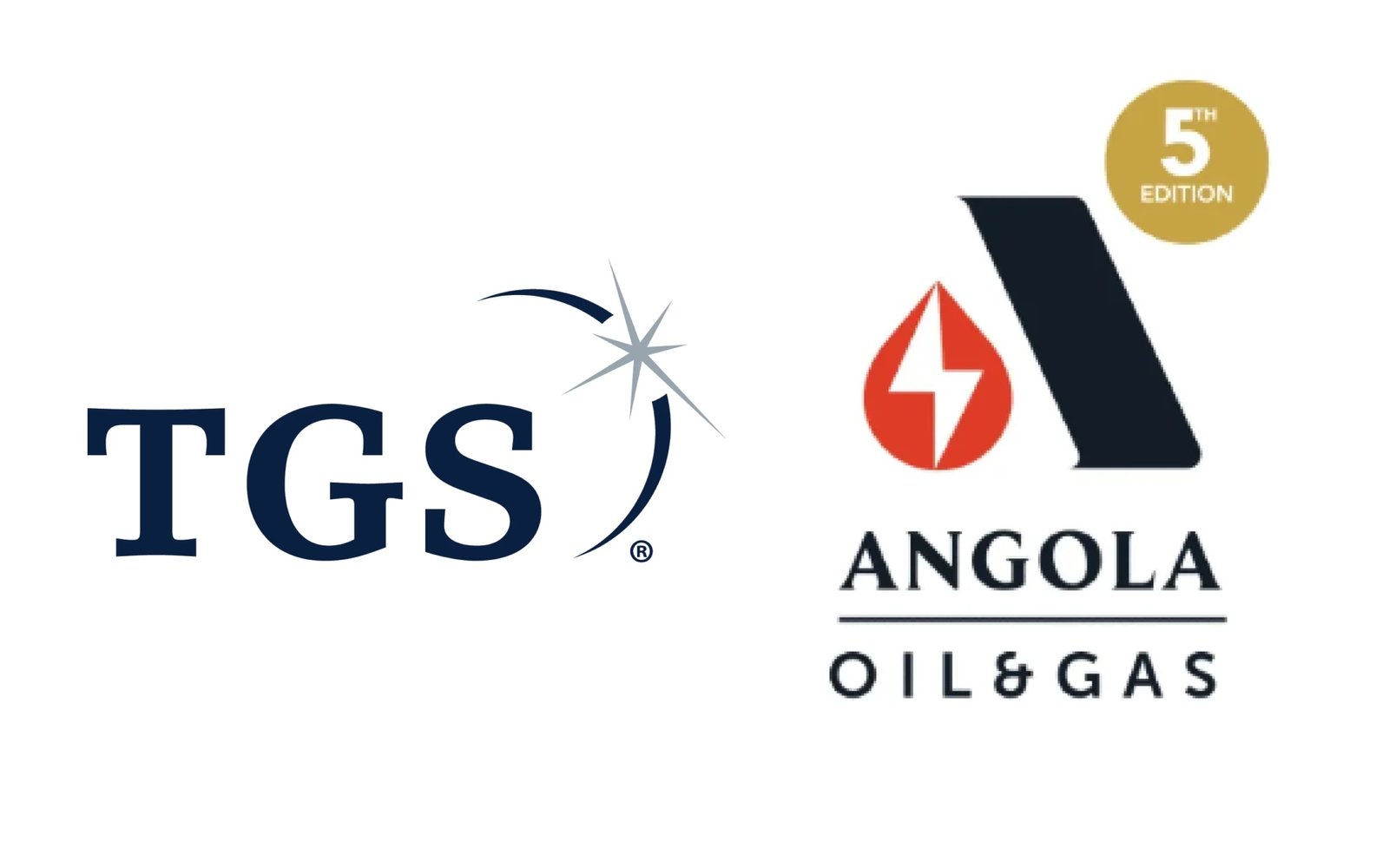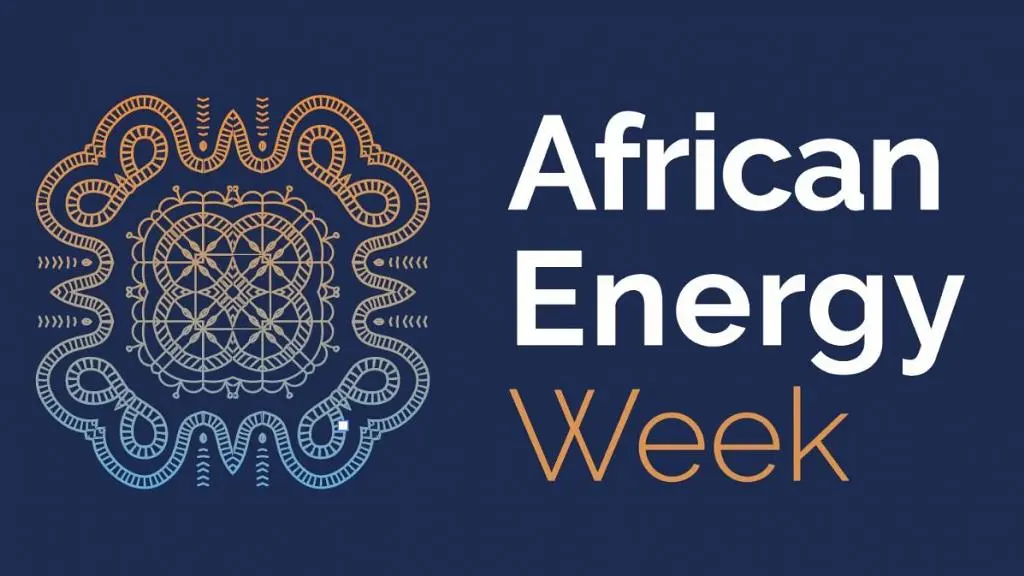South Africa predominantly uses coal-fired power plants to meet its electricity generation needs, accounting for approximately 89% of the country’s total power generation. Currently, the country has a total installed capacity of 62.7 GW, most of which is generated from coal. The country is currently diversifying its power generation mix by attracting investment into its renewables sector, however, the AEC notes that coal is likely to remain the primary source of electricity for the country in the near future.
According to the report, South Africa’s power generation capacity, which currently sits at approximately 195 TWh, is comprised of a 16% demand by commercial and public services, while industry represents roughly 54% of the country’s demand, with residential demand and the transport sector accounting for 21% and 2%, respectively. The report forecasts that the country’s generation capacity is set to increase to 240 TWh by 2030, with the commercial and public services sector expected to increase to 19%, while the industry is poised to increase to 55%, with residential demand set to rise to 22% and the transport sector decreasing to 1%.
A National Development Plan implemented by the Government of South Africa will serve as a blueprint for infrastructure development until 2030. The plan offers a framework for future power generation in the country and envisages an additional 29,500 MW of electricity capacity, led by renewables. Additionally, the Ministry of Mineral Resources and Energy’s Integrated Resources Plan, which was signed in October 2019, is expected to result in the decommissioning of over 10,000 MW of coal-fired power plants by 2030. As such, the new capacity will include 6,800 MW of renewable power, 3,000 MW of gas, 1,500 MW of coal, and 513 MW of pumped storage.
Aging coal-fired power plants, breakdowns in multiple power stations, and insufficient investment in power infrastructure have resulted in Eskom – which generates approximately 95% of the electricity used in South Africa –, struggling to provide adequate and reliable power to its end users over the past decade. This comes despite the steady industrial and residential demand increase expected in the long term. The market report indicates that peak electricity demand for the country is currently sitting at 85% of operating capacity, while the state utility’s electricity tariff has ballooned by 460% since load shedding was first implemented in 2007.
Various initiatives have been implemented in an attempt to tackle this long-standing problem, with South Africa’s Minister of Mineral Resources and Energy, Gwede Mantashe, having announced a new phase of power generation procurement plans in September 2020 to secure 11,813 MW of additional capacity. Meanwhile, the country’s president, Cyril Ramaphosa, announced the easing of licensing regulations in the same year for self-generation of electricity from 1 MW to 100 MW – the cap has since been removed altogether -, which has the potential to contribute as much as 5,000 MW of renewable energy towards the country’s power generation by 2024. Additionally, the Government of South Africa announced plans in 2019 to split the debt-laden utility – with its debt reported to have reached $26 billion – into three divisions responsible for generation, transmission and distribution to improve the management of the company.
Meanwhile, South Africa’s renewable energy market is poised to reach 13,209 MW by the end of 2023 due to new energy legislation and favorable power purchase agreements that have come as a result of the country’s highly successful competitive tender process, the Renewable Energy Independent Power Producer Procurement program, which has served to attract approximately $13 billion in private capital for the development of 77 wind and solar facilities. As such, with South Africa’s rooftop solar photovoltaic market has seen significant growth in recent years, with an installed capacity potentially as high as 250 MW, private sector participation has the potential to alleviate pressure on the country’s ailing power networks in the wake of its ongoing energy crisis.








